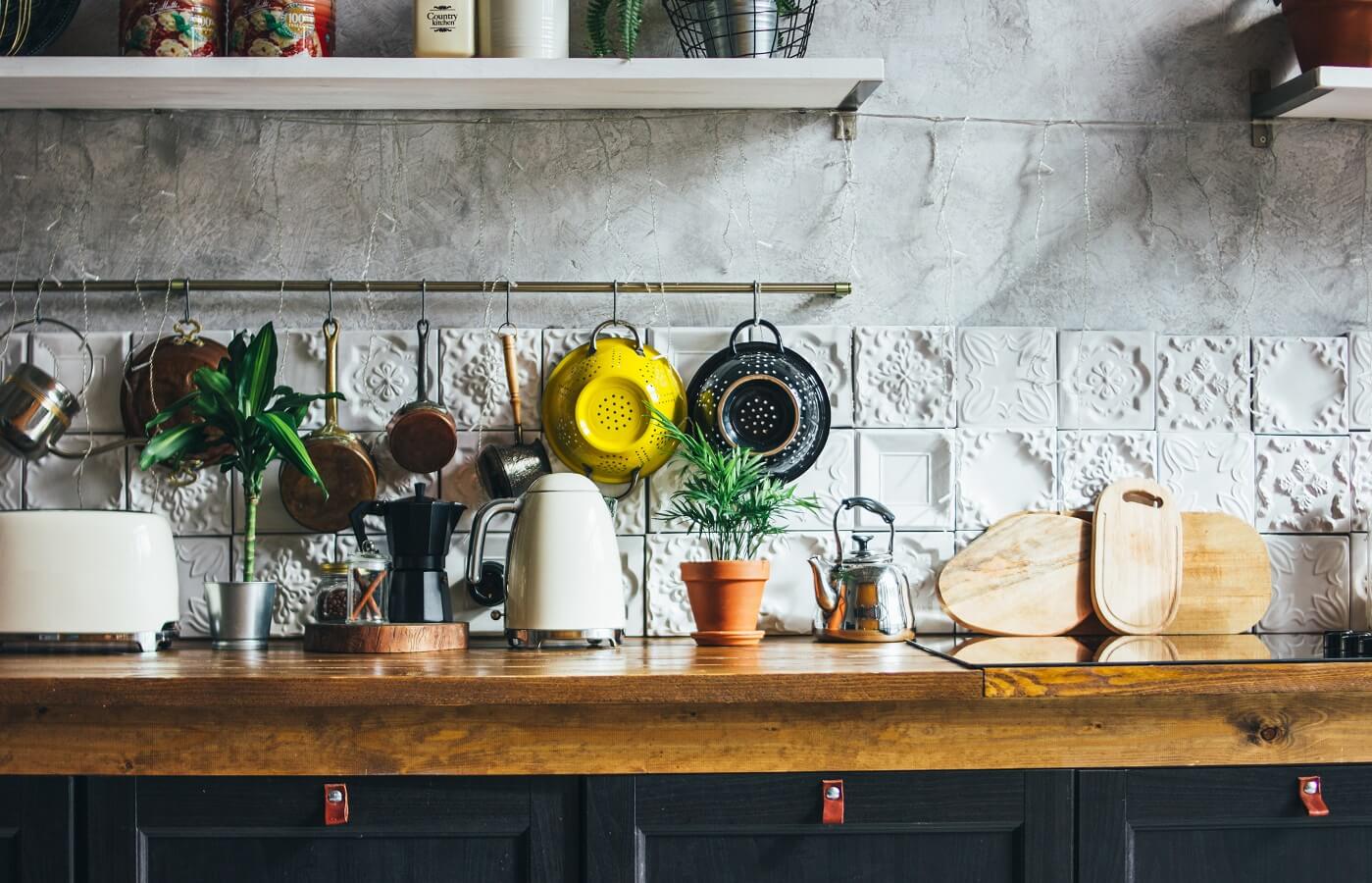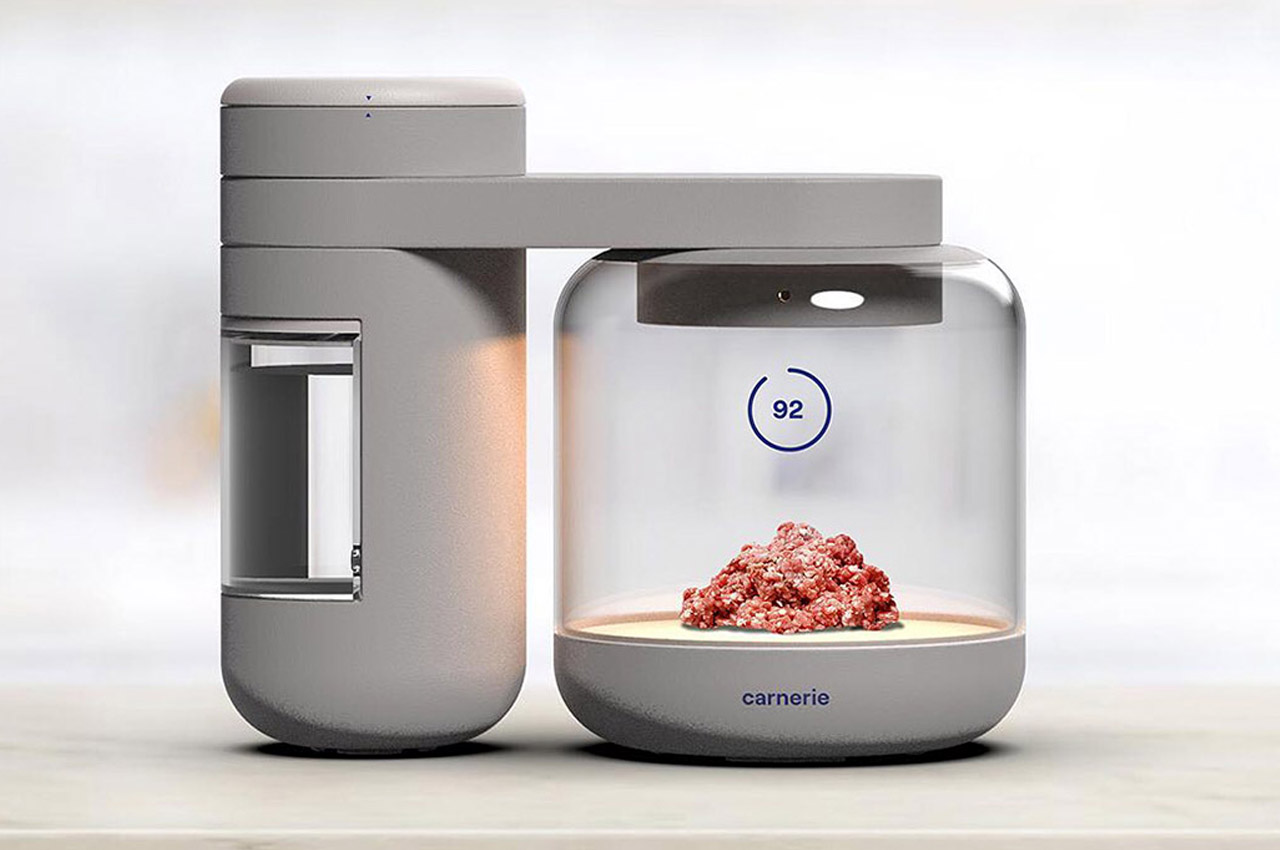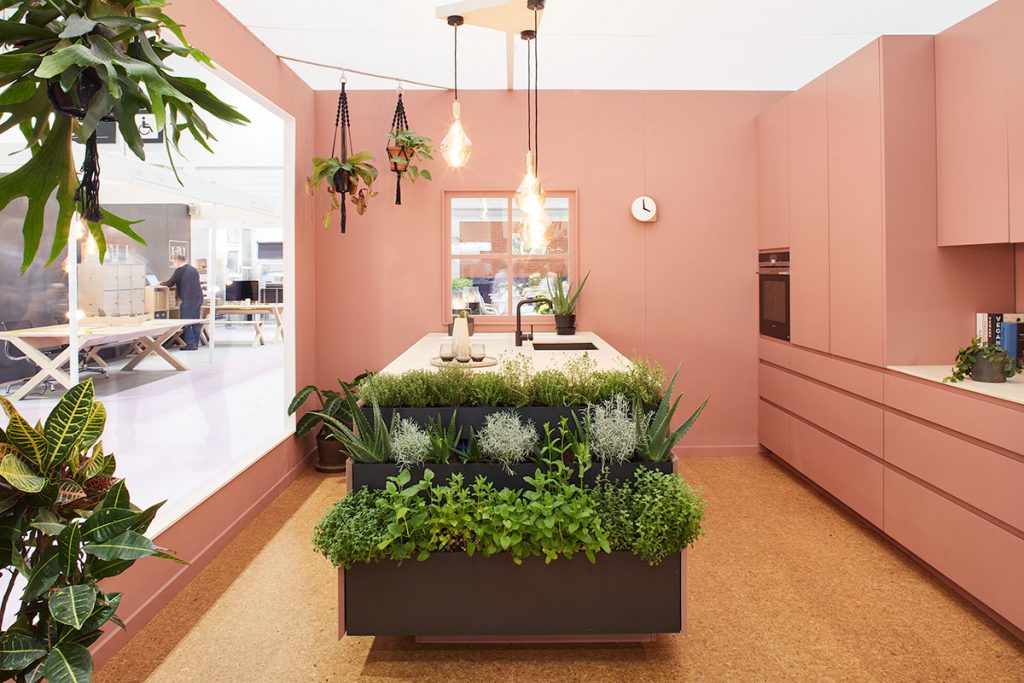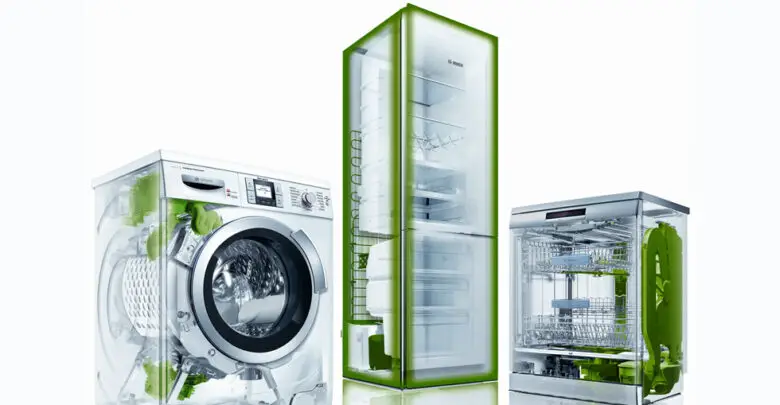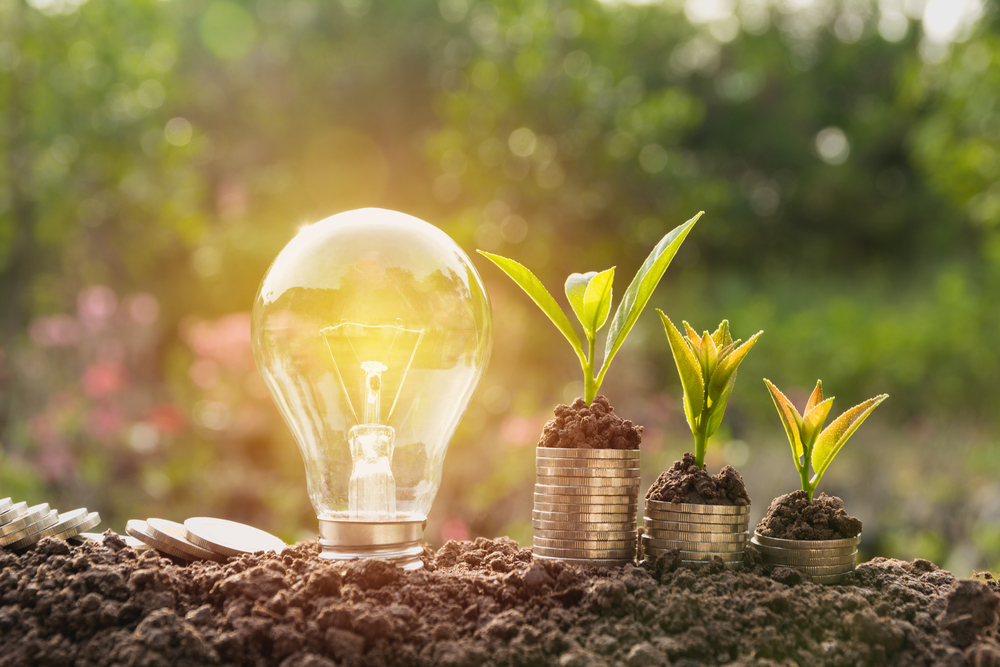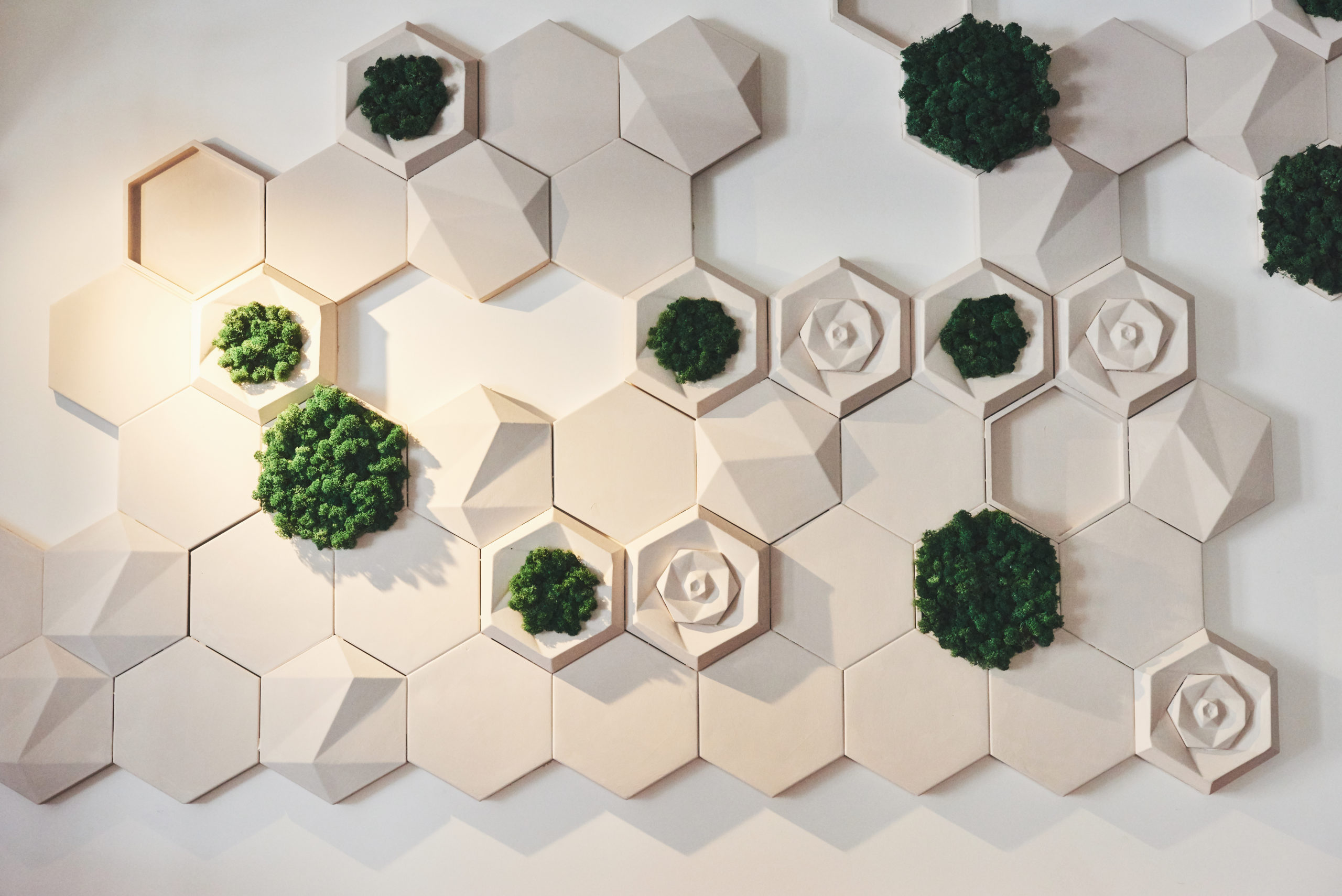When it comes to designing an eco-friendly kitchen, the materials used play a crucial role. Choosing sustainable materials not only reduces the negative impact on the environment but also adds a unique touch to your kitchen design. Look for materials such as bamboo, cork, and reclaimed wood, which are renewable and have a lower carbon footprint compared to traditional materials like hardwood. You can also opt for recycled materials like glass, metal, and plastic for your countertops and cabinets.1. Sustainable Materials for Eco-Friendly Kitchen Design
Investing in energy-efficient appliances is not only beneficial for the environment but also helps you save on your utility bills. Look for appliances with an Energy Star rating, which indicates that they are designed to consume less energy. Opt for refrigerators, dishwashers, and stoves with energy-saving features like automatic shut-off and adjustable temperature settings. This will not only reduce your carbon footprint but also make your kitchen more eco-friendly.2. Energy-Efficient Appliances for an Eco-Friendly Kitchen
Natural lighting is a key element in any eco-friendly kitchen design. Not only does it reduce the need for artificial lighting, but it also adds a warm and inviting ambiance to your kitchen. Make use of windows and skylights to let in natural light during the day. You can also install energy-efficient LED or CFL light bulbs to reduce energy consumption. Additionally, consider using motion sensors or dimmers to control the amount of light needed in your kitchen.3. Natural Lighting in Eco-Friendly Kitchen Design
Composting and recycling are essential practices in an eco-friendly kitchen. Start by setting up a compost bin to collect food scraps and other organic waste, which can later be used as nutrient-rich fertilizer for your garden. Proper waste segregation and recycling also help reduce the amount of waste that ends up in landfills. Consider setting up a recycling station in your kitchen with separate bins for paper, plastic, and glass.4. Composting and Recycling in an Eco-Friendly Kitchen
Conserving water is another important aspect of an eco-friendly kitchen design. Look for faucets and fixtures with a WaterSense label, which indicates that they are designed to use less water without sacrificing performance. You can also install a low-flow aerator on your kitchen faucet to reduce water consumption. Additionally, consider investing in a water filtration system instead of buying bottled water, which contributes to plastic pollution.5. Water-Saving Features for an Eco-Friendly Kitchen
Adding plants and greenery to your kitchen not only adds a touch of natural beauty but also helps purify the air. Consider growing herbs and vegetables in a small indoor garden, which not only adds a pop of color but also provides fresh produce for your cooking. You can also add potted plants on your windowsill or hang them from the ceiling to make the most of limited space.6. Incorporating Plants and Greenery in Eco-Friendly Kitchen Design
In an eco-friendly kitchen, it's important to consider the materials used for finishes and paints. Look for non-toxic and low VOC (volatile organic compounds) options, which not only reduce harmful emissions but also improve indoor air quality. There are several eco-friendly options available, such as natural paints, stains, and sealers made from plant-based ingredients.7. Non-Toxic and Low VOC Materials for an Eco-Friendly Kitchen
In addition to natural lighting, it's crucial to consider energy-efficient options for artificial lighting in your eco-friendly kitchen. LED or CFL light bulbs are not only energy-efficient but also last longer than traditional incandescent bulbs. You can also install task lighting under cabinets to focus light where it's needed, reducing the need for overhead lighting. Make use of natural light during the day and turn off unnecessary lights to conserve energy.8. Energy-Efficient Lighting Options for an Eco-Friendly Kitchen
Another way to make your kitchen more eco-friendly is by using reclaimed or upcycled materials. These materials add a unique touch to your kitchen design while also reducing the demand for new resources. Look for reclaimed wood for flooring or countertops, or consider upcycling old furniture into kitchen islands or shelves. Not only is this environmentally friendly, but it also adds character to your kitchen.9. Using Reclaimed or Upcycled Materials in Eco-Friendly Kitchen Design
When designing an eco-friendly kitchen, it's important to keep in mind the principles of functionality and sustainability. This means choosing materials, appliances, and designs that are not only environmentally friendly but also practical and durable. Consider the layout of your kitchen to ensure efficient use of space and easy movement. Keep in mind the lifecycle of materials and opt for long-lasting, sustainable options. By designing with functionality and sustainability in mind, you can create an eco-friendly kitchen that is both beautiful and practical.10. Designing for Functionality and Sustainability in an Eco-Friendly Kitchen
Eco-Friendly Kitchen Design: Creating a Sustainable and Stylish Space

Investing in a Green Kitchen
 When it comes to designing a kitchen, there are many factors to consider - functionality, aesthetics, and budget, to name a few. However, one aspect that is becoming increasingly important is sustainability. As we become more aware of the impact our daily choices have on the environment, many homeowners are seeking ways to make their homes more eco-friendly. And the kitchen, being the heart of the home and a place where a lot of energy and resources are used, is a great place to start. In this article, we will explore the concept of eco-friendly kitchen design and how you can create a sustainable and stylish space that is both good for the planet and your family.
When it comes to designing a kitchen, there are many factors to consider - functionality, aesthetics, and budget, to name a few. However, one aspect that is becoming increasingly important is sustainability. As we become more aware of the impact our daily choices have on the environment, many homeowners are seeking ways to make their homes more eco-friendly. And the kitchen, being the heart of the home and a place where a lot of energy and resources are used, is a great place to start. In this article, we will explore the concept of eco-friendly kitchen design and how you can create a sustainable and stylish space that is both good for the planet and your family.
The Benefits of an Eco-Friendly Kitchen
 Before we dive into the specifics of eco-friendly kitchen design, it's important to understand why it's worth investing in. First and foremost, an eco-friendly kitchen reduces your carbon footprint. By using sustainable materials and energy-efficient appliances, you are minimizing your impact on the environment. Additionally, an eco-friendly kitchen can also save you money in the long run. Energy-efficient appliances and water-saving fixtures can lower your utility bills, while choosing durable and long-lasting materials means you won't have to replace them as often. And let's not forget the health benefits - using non-toxic materials and products in your kitchen can create a healthier and safer environment for you and your family.
Before we dive into the specifics of eco-friendly kitchen design, it's important to understand why it's worth investing in. First and foremost, an eco-friendly kitchen reduces your carbon footprint. By using sustainable materials and energy-efficient appliances, you are minimizing your impact on the environment. Additionally, an eco-friendly kitchen can also save you money in the long run. Energy-efficient appliances and water-saving fixtures can lower your utility bills, while choosing durable and long-lasting materials means you won't have to replace them as often. And let's not forget the health benefits - using non-toxic materials and products in your kitchen can create a healthier and safer environment for you and your family.
Designing with Sustainable Materials
 One of the key aspects of eco-friendly kitchen design is the use of sustainable materials. This means choosing materials that are renewable, non-toxic, and have a low impact on the environment. Some popular options include bamboo, cork, and reclaimed wood for flooring; recycled glass, concrete, or quartz for countertops; and low or no VOC paints for cabinets. These materials not only look great but also have a smaller carbon footprint compared to their traditional counterparts.
One of the key aspects of eco-friendly kitchen design is the use of sustainable materials. This means choosing materials that are renewable, non-toxic, and have a low impact on the environment. Some popular options include bamboo, cork, and reclaimed wood for flooring; recycled glass, concrete, or quartz for countertops; and low or no VOC paints for cabinets. These materials not only look great but also have a smaller carbon footprint compared to their traditional counterparts.
Energy-Efficient Appliances
 Another important element of an eco-friendly kitchen is using energy-efficient appliances. Look for the Energy Star label when purchasing new appliances, as these are certified to use less energy and water. You can also opt for smaller appliances, which not only use less energy but also take up less space in your kitchen. And don't forget to unplug appliances when not in use - even when they're turned off, they can still draw energy.
Another important element of an eco-friendly kitchen is using energy-efficient appliances. Look for the Energy Star label when purchasing new appliances, as these are certified to use less energy and water. You can also opt for smaller appliances, which not only use less energy but also take up less space in your kitchen. And don't forget to unplug appliances when not in use - even when they're turned off, they can still draw energy.
Water-Saving Fixtures
 Water is a precious resource, and an eco-friendly kitchen will take this into account. Install low-flow faucets and showerheads to reduce water usage, and consider a composting or recycling system for food waste. You can also collect rainwater to use for watering plants or cleaning purposes.
Water is a precious resource, and an eco-friendly kitchen will take this into account. Install low-flow faucets and showerheads to reduce water usage, and consider a composting or recycling system for food waste. You can also collect rainwater to use for watering plants or cleaning purposes.
Bringing Nature Indoors
 Lastly, incorporating nature into your kitchen design is a great way to make it more eco-friendly. Adding plants not only adds a pop of color and liveliness to the space, but they also help purify the air. You can also choose to install large windows or skylights to bring in natural light, reducing the need for artificial lighting.
Lastly, incorporating nature into your kitchen design is a great way to make it more eco-friendly. Adding plants not only adds a pop of color and liveliness to the space, but they also help purify the air. You can also choose to install large windows or skylights to bring in natural light, reducing the need for artificial lighting.
In Conclusion
 Eco-friendly kitchen design is not only good for the planet, but it also offers numerous benefits for your household. By using sustainable materials, energy-efficient appliances, and water-saving fixtures, you can create a stylish and environmentally-friendly space that you can feel good about. So why not make your kitchen a green one? Your wallet and the planet will thank you.
Eco-friendly kitchen design is not only good for the planet, but it also offers numerous benefits for your household. By using sustainable materials, energy-efficient appliances, and water-saving fixtures, you can create a stylish and environmentally-friendly space that you can feel good about. So why not make your kitchen a green one? Your wallet and the planet will thank you.



